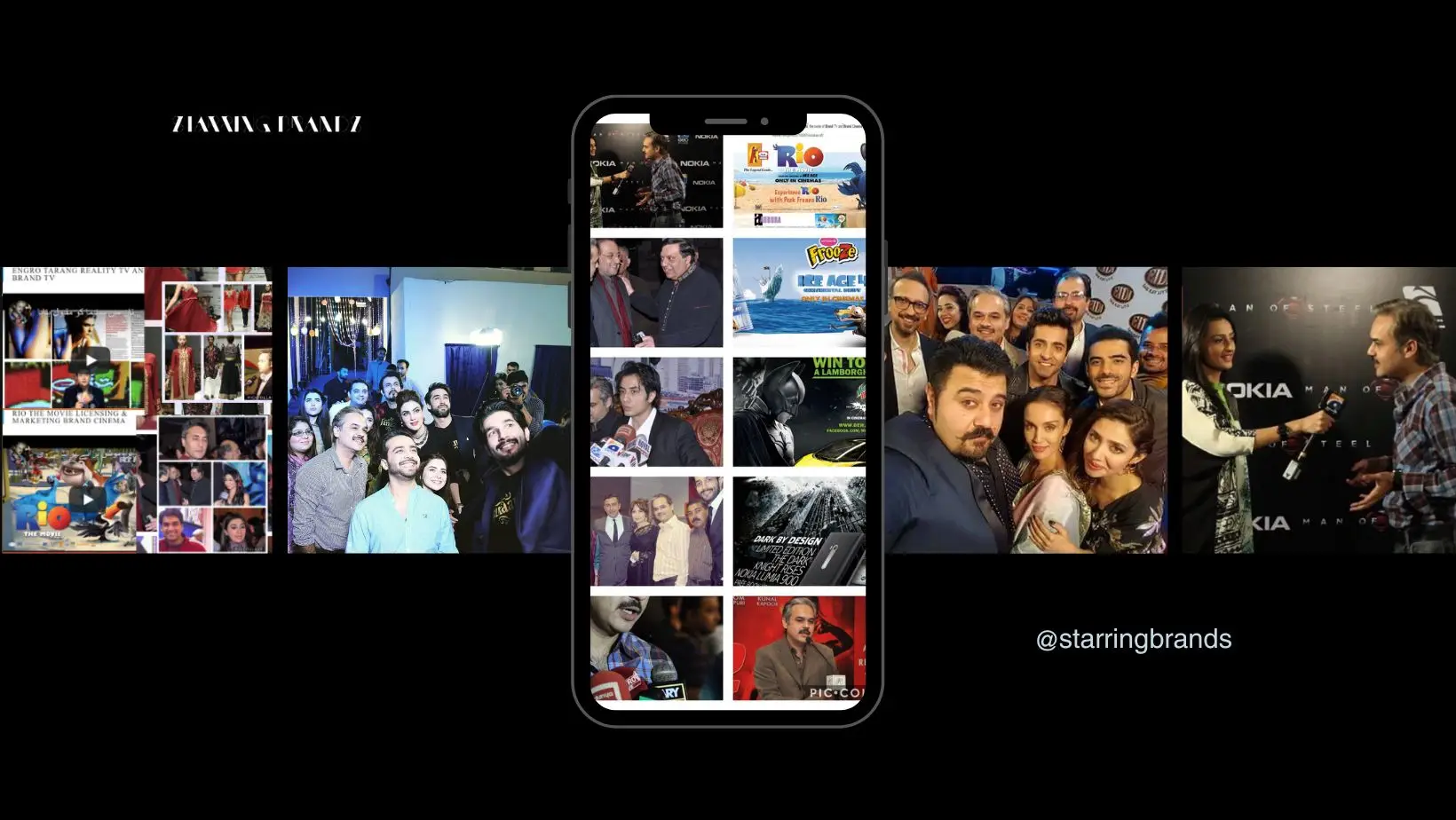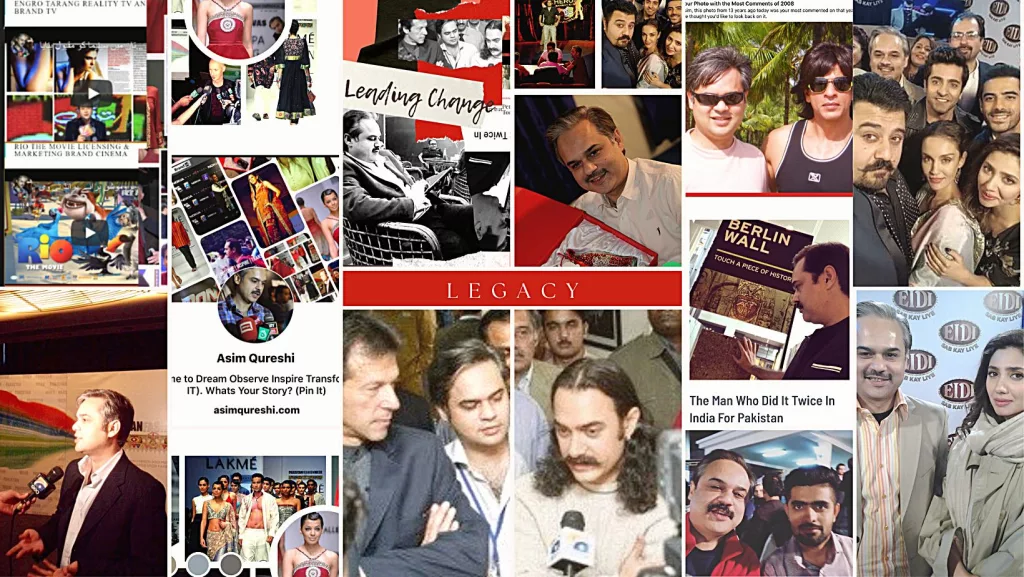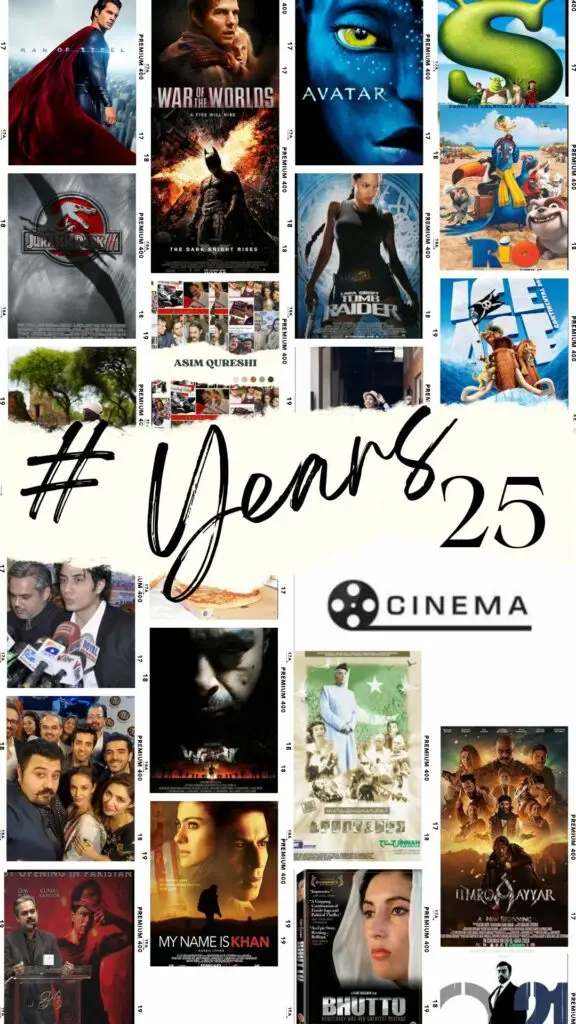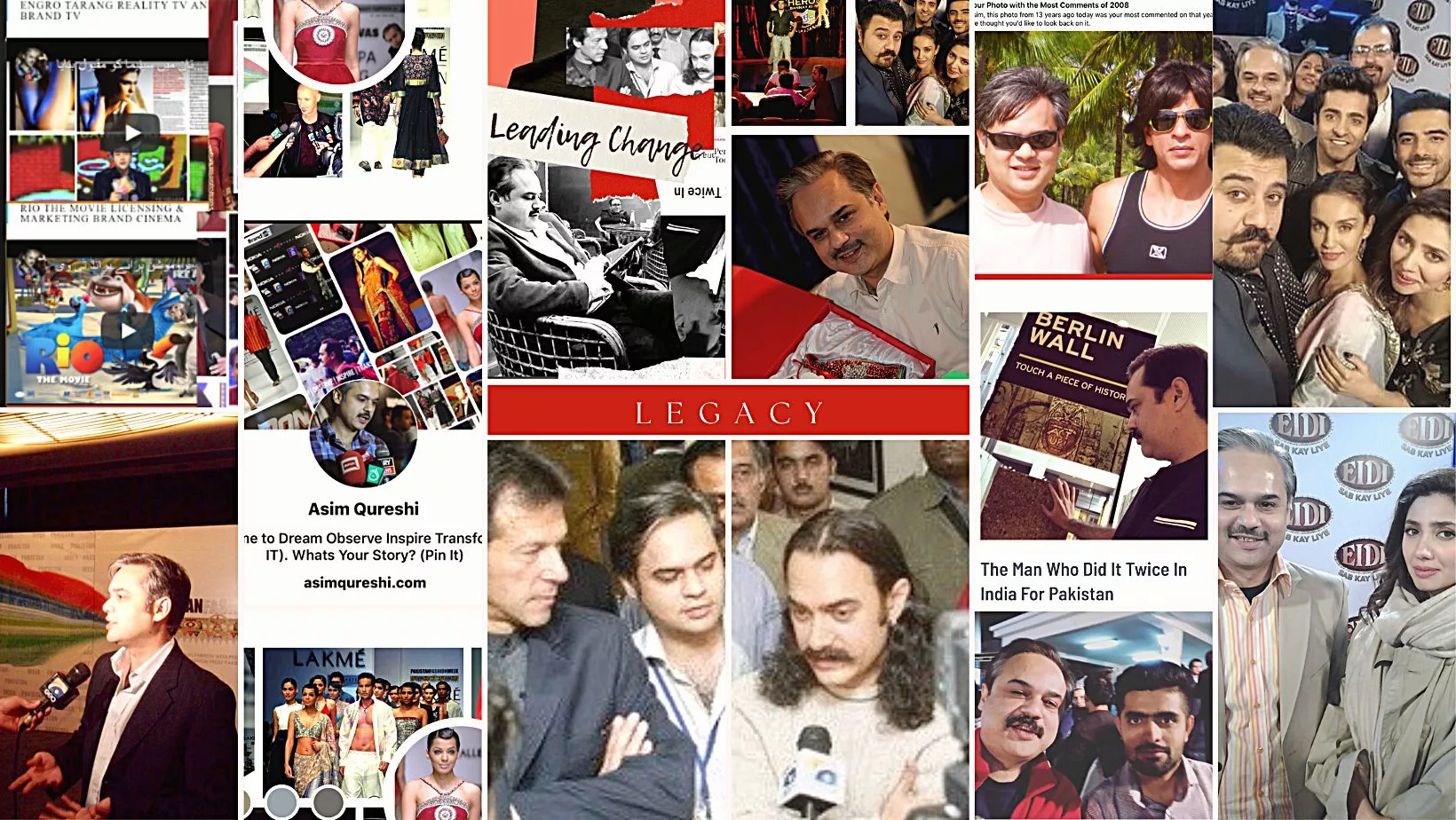A compelling narrative is one of the most powerful tools a brand can possess. As humans, we are wired to connect with stories on an emotional level, which is why building a strong narrative around your brand can be a game-changer in attracting and retaining customers.In this blog post, we will delve into the key elements of a persuasive narrative.
“ Key aspects of narrative building are authenticity followed by consistency.As a result, It answers the most basic question: Narrative How to Build One That Sells.”
Narrative How To Build Around Your Brand:






1. Know your audience:
Before crafting a narrative, it is crucial to understand your target audience. Research, analyze, and empathize with their needs, challenges, and aspirations. By identifying their pain points and desires, you can tailor your narrative to align with their values, thus making your story relatable and compelling.
2. Define your brand’s purpose:
A clear understanding of your brand’s purpose is pivotal in crafting a narrative that resonates with your customers. It goes beyond selling a product or service; it is about expressing your brand’s mission, philosophy, and core values. When consumers align with a brand’s purpose, they become more invested, creating a stronger connection and increased potential for sales.
3. Embrace authenticity:
In an era of skepticism, transparency and authenticity have become paramount. People want to see the human side of your brand and understand the real story behind it. Being truthful in your narrative builds trust, fostering loyalty and, ultimately, driving sales. Highlight what makes your brand unique, its origins, and the values it represents.
4. Craft a hero’s journey:
With a well-crafted narrative, your brand can position itself as the hero, leading customers on a compelling journey towards their desired transformation. This journey should entail the challenges your customers face and how your brand’s offering can help overcome them. By presenting your product or service as the solution or catalyst for change, you engage customers and make them active participants in your narrative.
5. Master the art of storytelling:
Narratives are not just about facts and features; they are about emotions and experiences. Telling a story that evokes emotions and resonates with your audience is the key to capturing their attention and driving sales. Use storytelling techniques like powerful imagery, metaphors, and anecdotes to engage your audience on an emotional level.
6. Create consistent messaging across platforms:
Consistency is crucial in building a compelling narrative. A consistent strategy on Narrative How To Build helps create a cohesive brand image and fosters trust, leading to increased customer loyalty and ultimately driving sales.
“Only 2 years after 9/11 and its impact. Re-building BRAND PAKISTAN Narrative (Internationally for next 5 years) through actions and not just words. By PRODUCING PAKISTAN SHOWS IN INDIA (first time in history) of both countries.Presenting the best of PAKISTAN’S FASHION DESIGN +TEXTILE INDUSTRY. At 2 of the LEADING PLATFORMS in the REGION (FEMINA + LAKME INDIA} Attended by Global Media and Trade. Therefore, Launching Pakistan on the official circuit of the business of Fashion .”
Narrative How To Build In Business:


Executing a narrative involves several key elements and strategies to effectively engage and mobilize people. Here are some steps that can be taken:
- Building a network: Assembling a tight network of individuals who share the same vision and goals is crucial. This network should include people from different sectors and backgrounds, bringing diverse perspectives and expertise to the table.
- Organizing on the ground: Establishing a presence in communities and organizing grassroots initiatives is essential for connecting with people on a personal level. This can involve setting up local chapters, holding meetings, and conducting outreach activities to build relationships and trust.
- Collaborating across sectors: Engaging with organizations, businesses, and institutions across various sectors allows for a broader impact. Collaborative efforts can lead to shared resources, expertise, and expanded networks, strengthening the narrative and its reach.
- Developing strategic narrative ideas: Crafting a compelling narrative requires strategic thinking. This involves identifying the core message, understanding the target audience, and tailoring the narrative to resonate with their values, beliefs, and aspirations.
- Creating immersive narrative experiences: Going beyond traditional forms of communication, immersive experiences can deeply engage people and foster meaningful connections. This can include interactive events, workshops, storytelling campaigns, or multimedia projects that allow participants to actively participate in shaping the narrative.
- Changing hearts, minds, behaviors, and relationships: The ultimate goal of a narrative is to bring about meaningful change. This involves not only influencing people’s thoughts and beliefs but also inspiring them to take action. The narrative should encourage shifts in attitudes, behaviors, and relationships to create tangible impact.
- Overcoming resource limitations: While resource imbalances can present challenges, leveraging available tools and platforms can still make a significant impact. Creating and sharing videos online, for example, can reach a wide audience, even with limited resources. However, it is important to consider the effectiveness of the content and framing, aiming to maximize the impact and align with the ultimate goals.
- It’s worth noting that while some organizations may have dedicated resources and expertise in executing narratives, others may need to adapt and find creative ways to achieve their goals. Flexibility, adaptability, and a focus on leveraging available resources are essential in such situations.
“Maintaining a checklist for communication teams to create more press releases is not the same as executing a narrative.It is also not putting more public relations firms in charge of speaking for us.That may be our current communication infrastructure, but it has nothing to do with creating a narrative how to build.”
Narrative How To Build In Politics :

Marketing the internationally acclaimed Documentary Bhutto in Pakistan. Narrative Case Study on portfolio.
Narrative building in politicalcampaigns refers to the construction of a compelling and persuasive story that resonates with voters and shapes their perception of a candidate or a political party. It aims to create an emotional connection and convey a coherent and relatable message that helps build support and win elections.
To successfully build a narrative in politics, several key strategies can be employed:
1. Identify a clear purpose and theme: Every narrative needs a central theme or purpose that captures the essence of the candidate or party’s values, goals, and vision. This theme should be simple, memorable, and resonate with the concerns and aspirations of the electorate.
2. Establish a relatable protagonist: Candidates or parties should position themselves as relatable protagonists who embody the values and experiences of the electorate. This helps create a connection and engender trust.
3. Frame the opponent: Narratives often involve framing the opposition in a way that reinforces the themes and values of the candidate or party. It’s about defining the opponent in a negative light and highlighting why their values or actions are detrimental to the interests of the people.
4. Consistent messaging: Consistency is crucial in narrative building. All campaign messages, speeches, advertisements, and actions should reinforce the central theme and purpose. This helps to create a coherent and memorable narrative that sticks with voters.
5. Utilize storytelling techniques: Incorporating storytelling techniques can make the narrative more engaging. This includes personal anecdotes, narratives of struggle and triumph, and stories of ordinary people whose lives have been positively impacted by the candidate or party’s policies.
6. Engage emotions: Narratives that mobilize emotions can be more persuasive and memorable. Candidates should leverage emotions such as hope, fear, empathy, or nostalgia to connect with the electorate and inspire action.
7. Use multiple channels: Effective narrative building requires utilizing various communication channels. This includes traditional media, social media, public events, grassroots organizing, and volunteer networks. Coordination across these channels helps deliver a consistent and impactful narrative to a wider audience.
8. Adapt and update: Successful narratives evolve over time to stay relevant and dynamic. Candidates should continuously assess the effectiveness of their narrative, listen to feedback from voters, and adapt the messaging to address emerging concerns or changing political dynamics.
When it comes to building a narrative that sells, it is crucial to understand the target audience and their needs. By identifying their pain points, aspirations, and desires, a compelling story can be crafted that speaks directly to them. This involves conducting thorough research and analysis to gain insights into what resonates with the target demographic.
Narrative How To Build With Purpose :


Project Director, Events + Media of Bollywood Superstar Amir Khan Visit to Pakistan for Imran Khan / SKMT Cancer Hospital + GEO TV
The purpose and narrative play a crucial role in aligning influencers and followers towards a shared goal. Here’s how they are connected:
- Shared purpose: The influencer and the follower are united by a common purpose or goal. This shared purpose serves as the guiding principle that drives their actions and decisions. It represents a larger vision or cause that both parties believe in and strive to achieve.
- Shared journey: The pursuit of the shared purpose becomes a journey that the influencer and follower embark on together. It’s not just about the end result but also about the process of working towards the goal. This journey allows for personal growth, learning, and transformation for both the influencer and the follower.
- Value-based connection: The shared purpose is often rooted in shared values. These values provide a foundation for the relationship between the influencer and the follower. By aligning their values, they form a strong connection and a sense of community, reinforcing their commitment to the purpose they share.
- Explaining how to achieve the goal: As part of the shared journey, the influencer plays a crucial role in guiding the follower on how to achieve the shared goal. This involves providing guidance, sharing knowledge, and offering practical steps or strategies to make progress towards the purpose. The influencer helps the follower understand the path to success and empowers them to take action.
- Incorporating purpose into organizational culture: Successful organizations recognize the importance of purpose and strive to integrate it into their culture. Training programs, such as “How to Think and Act Purposefully,” are designed to help employees understand and embrace the organization’s purpose. By creating opportunities for self-reflection, collaboration, and global conversations, these programs aim to make employees aware of how they can contribute to a more purposeful world through their daily actions.
- Co-creation: The process of fostering purpose in an organization can resemble co-creation. Co-creation involves the active participation of employees in shaping the organization’s purpose and finding meaningful ways to make a difference. By involving employees from different backgrounds and perspectives, the organization taps into their collective creativity and expertise, fostering a sense of ownership and shared responsibility for the purpose.
Purpose and narrative provide a framework for influencers and followers to come together, embark on a shared journey, and work towards a common goal. Through guidance, value-based connections, and opportunities for co-creation, purpose can be incorporated into organizational culture, empowering individuals to contribute to a more purposeful world.
“By identifying their pain points, aspirations, and desires, a compelling story can be crafted that speaks directly to them. This involves conducting thorough research and analysis to gain insights into what resonates with the target demographic.”
Narrative How To Build With Human Touch

In storytelling and narrative change, the human touch is crucial for creating authentic and relatable experiences. Here’s how the human element comes into play:
- Honesty and authenticity: Human relationships thrive on honesty and authenticity. When corporations and brands are perceived as human beings rather than impersonal entities, it becomes essential to communicate in a genuine and transparent manner. This builds trust and connection with the audience, enabling them to relate to the narrative on a deeper level.
- Human-centered context: To engage and resonate with people, the context of a narrative should be framed in human terms rather than institutional ones. By focusing on the human impact, emotions, and experiences, the narrative becomes more relatable and meaningful to the audience. This human-centered approach helps bridge the gap between organizations and individuals, fostering empathy and understanding.
- Genuine and motivated individuals: Effecting narrative change requires the involvement of actual humans who embody the narrative’s values and mission. These individuals should be genuine, talented, motivated, and committed to representing the narrative authentically. Their passion and dedication are essential for conveying the human touch and connecting with the audience on a personal level.
- Overcoming biases and patterns: Changing established patterns and biases within an organization can be challenging. However, recognizing and actively working against internal biases is necessary to embrace the human touch in storytelling. This may involve challenging conventional narratives, breaking down silos, and fostering a culture that values diverse perspectives and human connection.
- Power of brands and personal brands: Brands, including personal brands, hold significant power in influencing narratives. Leveraging the power of brands can amplify the reach and impact of a narrative. By aligning the narrative with the values and identity of a brand, it becomes more compelling and resonates with the audience. Personal brands, in particular, can bring a human face to the narrative, making it relatable and trustworthy.
Infusing a narrative with a human touch involves honesty, authenticity, and a human-centered approach. Genuine and motivated individuals serve as the primary vehicles for effecting narrative change.
Narrative How To Build With Change

Beginning 1999 with Jinnah The Movie to all the way 25 years later with Umro Ayyar A New Beginning. Consistently delivering for Pakistan Cinema Industry as a pioneer in entertainment marketing.
In narrative change, consistency and leadership plays a critical role in challenging assumptions and forging new practices. Here’s how consultants and experts can contribute to this process:
- Challenging assumptions and defaults: Consultants and experts bring fresh perspectives and deep knowledge to the table. They can help leaders identify and challenge underlying assumptions and defaults that may hinder progress. By questioning existing paradigms and pushing for new approaches, consultants and experts help leaders think critically and drive innovation in narrative change efforts.
- Informed practices: Consultants and experts in building popular narratives possess specialized knowledge and experience in crafting effective storytelling strategies. They understand the dynamics of human communication, psychology, and cultural contexts. Their expertise can inform and guide leaders in developing more informed practices that resonate with the intended audience, drive engagement, and create impact.
- Assisting in strategic planning: Consultants and experts can support leaders in strategic planning for narrative change initiatives. They can provide insights on target audience analysis, message framing, content creation, and distribution strategies. Their expertise helps leaders make informed decisions and develop comprehensive strategies to achieve the desired results.
- Drawing from history: Great leaders, both in politics and corporations, often have a long history of learning and adapting. Consultants and experts can draw from this rich historical knowledge to inform current narrative change efforts. By analyzing successful and unsuccessful narratives from the past, leaders can gain valuable insights into what works and what doesn’t. This historical perspective can guide the development of effective narratives and avoid repeating mistakes.
- Recruiting qualified experts: To achieve the desired results in narrative change, leaders should prioritize recruiting the most qualified experts and consultants. These individuals should have a proven track record in building popular narratives and a deep understanding of the subject matter. By assembling a team of experts, leaders can leverage their collective knowledge and skills to maximize the impact of their narrative change efforts.
Furthermore, on Narrative How To Build. Consultants and experts bring valuable expertise and insights to leadership in narrative change. They challenge assumptions, inform practices, assist in strategic planning, and draw from historical knowledge.
“The other is a strategy for getting there.In today’s digital age, leveraging various mediums such as social media platforms, videos, blogs, and speeches is essential in disseminating the narrative effectively. Consistency across these channels helps reinforce the message and ensures its reach to a wider audience. Narrative How To Build One That Sells.”
In Conclusion
Effective narrative change is an ongoing process that requires persistence, adaptability, and a deep understanding of the target audience. By continuously refining the narrative, engaging with diverse segments of society, and leveraging the power of ethos, logos, and pathos, leaders can drive meaningful change and shape new narratives that resonate with people’s values, emotions, and reasoning.
Ultimately, the success of a narrative lies in its ability to evoke empathy, inspire action, and create a lasting impact. By skillfully crafting and disseminating narratives, leaders can challenge prevailing beliefs, foster understanding, and contribute to positive social change.
Ability to learn, create, broadcast, and immerse, and to do all four things strategically.
More fundamentally, narrative power is the ability to alter the norms and rules that govern our society.
Narrative How To Build execution is the set of systems we keep in place to do so consistently over time.
“A narrative is frequently about changing the narrative.“
- IDEAS Pakistan:Showcasing Excellence in Defense and Innovation - November 20, 2024
- The Strategic Use of Entertainment in Nation-Building - August 23, 2024
- Narrative How To Build One That Sells - March 27, 2023



Excellent ! Very well written your contribution to Branding Pakistan has no parallel
Thank you for your kind words
Good Content and very well written.
Excellent analysis and to the point
Nice blog..hey would you be interested in hiring for seo based health awareness articles on the blog?
Thanking for contacting not sure what you mean please email details on starringbrands@asimqureshi.com
Don’t you think Imran Khan should speak the truth and not be dubious about his narrative building which is rejected by all concerned except his die hard followers.
Everything we hear is an opinion, not really a fact. Everything we see is perspective, not the complete truth. Its for the audience to decide.
This is so good “requiring actual humans to serve as our primary vehicle for effecting narrative change—people who are genuine, talented, equipped, motivated, and committed.”
Master Class really very well done.
Love this “the ability to learn, create, broadcast, and immerse, and to do all four things strategically.”
At least you are honest about Imran Khan’s narrative being suspicious. Good.
Sir! Everything we hear is an opinion, not really a fact. Everything we see is perspective, not the complete truth. Its for the audience to decide.
Imran Khan all the way Inshallah.
Beautifully written “As a result, it is usually a case of working against ourselves and our internal biases.”
Good read would love to know more about you guys
Thanks you may read more here https://www.asimqureshi.com/starring-brands/
What an outstanding thought process.
Film is a great way to build a narrative. Lets collaborate.
Good Blog
Imran Khan is loved globally and a great human being in history that is why he is believed so much.
Bonjour! nice blog you are right human relationships necessiate honesty that is the best for every narrative.
Thanks Elea, they always do
Yes Imran Khan’s narrative won the punjab elections which prove that it is selling more than government and media against him.
Sorry but I don’t agree with your analysis about Imran Khan narrative. He is a compulsive liar and more people are now seeing it and he will lose next elections as more facts comes out about his reality
Sir, you have every right to disagree i respect that. Time will tell. Truth will eventually uphold for its own audience.
Very balanced view and learned how narrative should be in the end be human and genuine. For social media people this is the biggest challenge today.
Thanks Anwer, yes ultimately its the human factor which one must take into account.